Definition and meaning of ASTM Standards
ASTM, the American Society of Testing Materials, was formerly known as the International Association for Testing Materials (IATM).
In the 1880s, in order to resolve the opinions and differences between buyers and suppliers in the process of purchasing and selling industrial materials, some people proposed to establish a technical committee system, in which representatives from all aspects were organized by the technical committee to participate in technical seminars to discuss and resolve disputes regarding material specifications, test procedures, etc.
ASTM is one of the oldest and largest non-profit academic groups for standards in the United States. After a century of development, ASTM currently has 33,669 (individual and group) members, of which 22,396 members of the main committee serve as technical experts in their various committees. There are 2,004 technical subcommittees under the ASTM technical committee. 105,817 units participated in the formulation of ASTM standards, with the main task of formulating characteristics and performance standards, test methods and procedure standards in the fields of materials, products, systems, and services, and promoting the development and promotion of relevant knowledge.
ASTM standards are widely used in various fields such as construction, aerospace, chemical industry, electronics, energy, environmental protection, medical devices, metal materials, oil and gas, transportation, etc. The formulation of ASTM standards is jointly participated by experts from various industries around the world, and after rigorous technical discussions and experimental verification, it is ensured to be authoritative and reliable.
The content of ASTM standards covers the performance, test methods, specifications, guidelines, terminology and classification of materials and products. Among them, the performance test of materials is one of the important contents of ASTM standards, involving mechanical properties, chemical properties, physical properties, thermal properties and other aspects of materials. Through these standard test methods, the quality and performance of materials can be accurately and reliably evaluated, providing technical support for product research and development, production and application.
In addition to material performance testing, ASTM standards also involve product design, manufacturing, inspection and certification. For example, in the field of construction, ASTM standards specify the quality requirements and test methods of building materials, ensuring the safety and reliability of construction projects. In the field of medical devices, ASTM standards specify the design, material selection, production process and performance testing of medical devices, ensuring the quality and safety of medical devices.
The formulation and updating of ASTM standards is a dynamic process. With the development of science and technology and the progress of industry, new materials, new products and new applications are constantly emerging, which puts forward new requirements for standardization work. Therefore, the formulation of ASTM standards needs to keep pace with the times and be constantly revised and updated to adapt to new technological developments and market demands.
ASTM standards are divided into the following six types:
(1) Standard Test Method: It is a prescribed procedure for identifying, testing and evaluating the quality, characteristics and parameters of materials, products, systems or services.
(2) Standard Specification: It puts forward technical requirements and gives specific instructions for materials, products, systems, or projects, and also proposes the procedures to be adopted to meet the technical requirements.
(3) Standard Practice: It gives instructions for one or more specific operations or functions, but does not produce test results.
(4) Standard Terminology: It describes or defines nouns, symbols, abbreviations, and acronyms.
(5) Standard Guide It selects a series or explains the usage, but does not introduce the specific implementation method.
(6) Standard Classification It distinguishes and classifies materials, products, systems, or specific services according to their source, composition, performance or use.
ASTM Standard Code List
|
ASTM Standard Code
|
Standard Name
|
|
ASTM A6/A6M-2004
|
General requirements for rolled structural steel plates, sections, and bars
|
|
ASTM A27/A27M-2005
|
Standard technical conditions for carbon steel castings for general applications
|
|
ASTM A29/A29M-2005
|
General requirements for hot-rolled carbon and alloy steel bars
|
|
ASTM A36/A36M-2005
|
Standard specification for carbon structural steel
|
|
ASTM A48/A48M-2003
|
Standard technical conditions for gray iron castings
|
|
ASTM A105/A105M-2005
|
Standard specification for carbon steel forgings for piping applications
|
|
ASTM A106-2006
|
Standard specification for seamless carbon steel pipe for high-temperature service
|
|
ASTM A108-2003
|
Standard technical conditions for cold-finished carbon and alloy steel bars
|
|
ASTM A126-2004
|
Standard specification for gray iron castings for valves, flanges, and pipe fittings
|
|
ASTM A181-1990
|
Standard specification for general-purpose forged or rolled steel pipe flanges, forged fittings, and valve components
|
|
ASTM A182-2005
|
Standard specification for forged or rolled alloy and stainless steel pipe flanges, forged fittings, and valve components
|
|
ASTM A193/A193M-2006
|
Standard specification for high-temperature alloy steel and stainless steel bolts
|
|
ASTM A194/A194M-2006
|
Standard specification for high-temperature and high-pressure chromium-molybdenum alloy and carbon steel nuts
|
|
ASTM A203-1990
|
Standard specification for pressure vessel plates, alloy steel, nickel
|
|
ASTM A216/A216M-2004
|
Standard specification for carbon steel castings for high-temperature service
|
|
ASTM A217-2004
|
Standard specification for pressure-resistant martensitic stainless steel and alloy steel castings
|
|
ASTM A240/A240M-2005
|
Standard specification for pressure vessel chromium and chromium-nickel stainless steel plate, sheet, and strip
|
|
ASTM A250/A250M-2004
|
Standard specification for electric-fusion-welded ferritic alloy steel boiler and heat exchanger tubes
|
|
ASTM A270-2003
|
Standard specification for seamless and welded austenitic stainless steel sanitary tubing
|
|
ASTM A278/A278M-2001
|
Standard specification for gray iron castings for elevated-temperature service not exceeding 345°C
|
|
ASTM A283/A283M-2003
|
Standard specification for low and intermediate tensile strength carbon steel plates
|
|
ASTM A285/A285M-2003
|
Standard technical conditions for carbon steel pressure vessel plates of low and intermediate tensile strength
|
|
ASTM A307/A307M-2004
|
Standard specification for 6000 PSI tensile strength carbon steel bolts and studs
|
|
ASTM A312/A312M-2005
|
Standard specification for seamless, welded, and heavily cold-worked austenitic stainless steel pipes
|
|
ASTM A320/A320M-2005
|
Standard specification for low-temperature alloy steel bolting materials
|
|
ASTM A333/A333M-2004
|
Standard specification for seamless and welded steel pipes for low-temperature service
|
|
ASTM A334/A334M-2004
|
Standard specification for seamless and welded carbon and alloy steel tubes for low-temperature service
|
|
ASTM A335-2003
|
Standard specification for seamless ferritic alloy steel pipes for high-temperature service
|
|
ASTM A336/A336M-2005
|
Standard specification for alloy steel forgings for high-temperature service
|
|
ASTM A350/A350M-2004
|
Standard specification for carbon and low-alloy steel forgings requiring impact testing for piping components
|
|
ASTM A351/A351M-2006
|
Standard specification for austenitic steel castings for pressure-containing parts
|
|
ASTM A352/A352M-2006
|
Standard specification for steel castings, ferritic and martensitic, for pressure-containing parts at low temperatures
|
|
ASTM A387/A387M-2003
|
Standard specification for pressure vessel plates, alloy steel, chromium-molybdenum
|
|
ASTM A395-1988
|
Standard specification for ductile iron castings
|
|
ASTM A403/A403M-2004
|
Standard specification for wrought austenitic stainless steel piping fittings
|
|
ASTM A404
|
Standard specification for forged or rolled alloy and stainless steel flanges, fittings, and pipe components subjected to high-temperature heat treatment
|
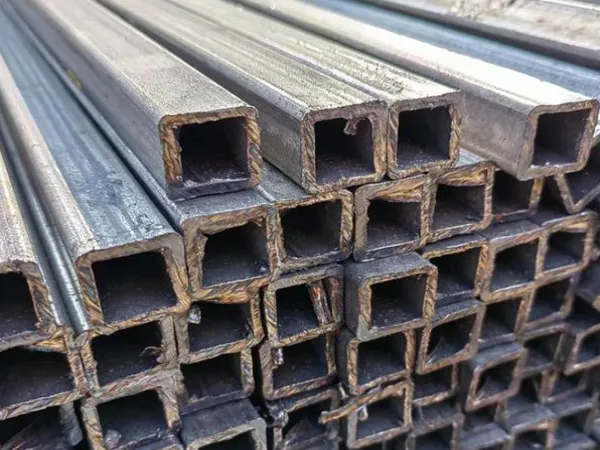
Common ASTM Pipeline Specifications
1. ASTM A500 Grade B Structural Tubes
Cold-formed welded and seamless carbon steel tubes in round, square, and
rectangular tube forms.
Used in construction, bridges, and vehicle frames for structural support.
2. ASTM A53
Carbon Steel Pipe
Available in seamless and welded forms with Grades A, B, and C.
Used for oil, gas, industrial fluid transmission, and construction.
3. ASTM A106
Seamless Steel Pipe
Designed for high-temperature, high-pressure applications.
Common in steam, oil, and chemical transportation.
4. ASTM A269 Stainless Steel Seamless Pipe
Hot-rolled or cold-drawn with high corrosion resistance.
Used in high-pressure pipelines and mechanical components.
These ASTM standards ensure reliable performance across various industries.
Summary
ASTM standards provide detailed and strict specifications for pipeline design and manufacturing, ensuring the quality and performance of products. In the fields of petroleum, chemical, power and construction, ASTM pipeline standards provide a solid foundation for the successful implementation of engineering projects. Whether it is ASTM A500 Grade B
square pipe, or other standard pipes such as ASTM A53 and ASTM A106, these specifications play an important role in their respective application fields. By understanding and following ASTM standards, companies and engineers are able to choose the most suitable pipeline materials to ensure the smooth progress and long-term use of the project.






 English
English Español
Español بالعربية
بالعربية
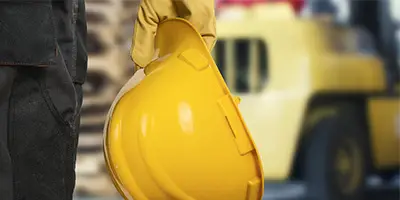
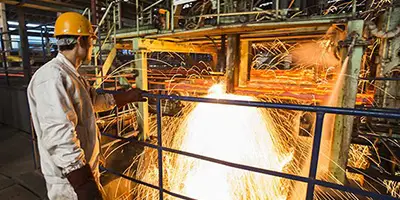
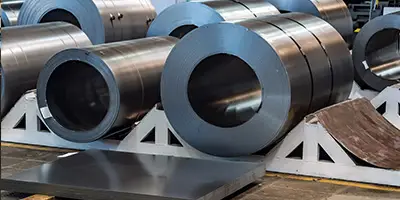


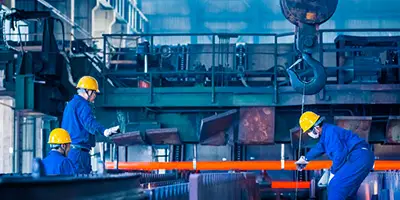
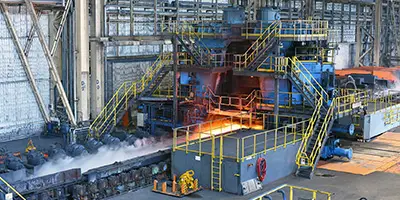
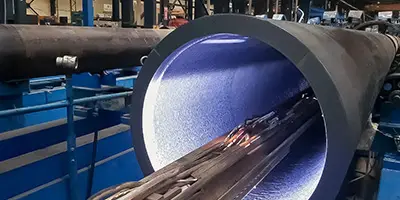



 Phone :
Phone :  Whatsapp :
Whatsapp :  Email :
Email : 


